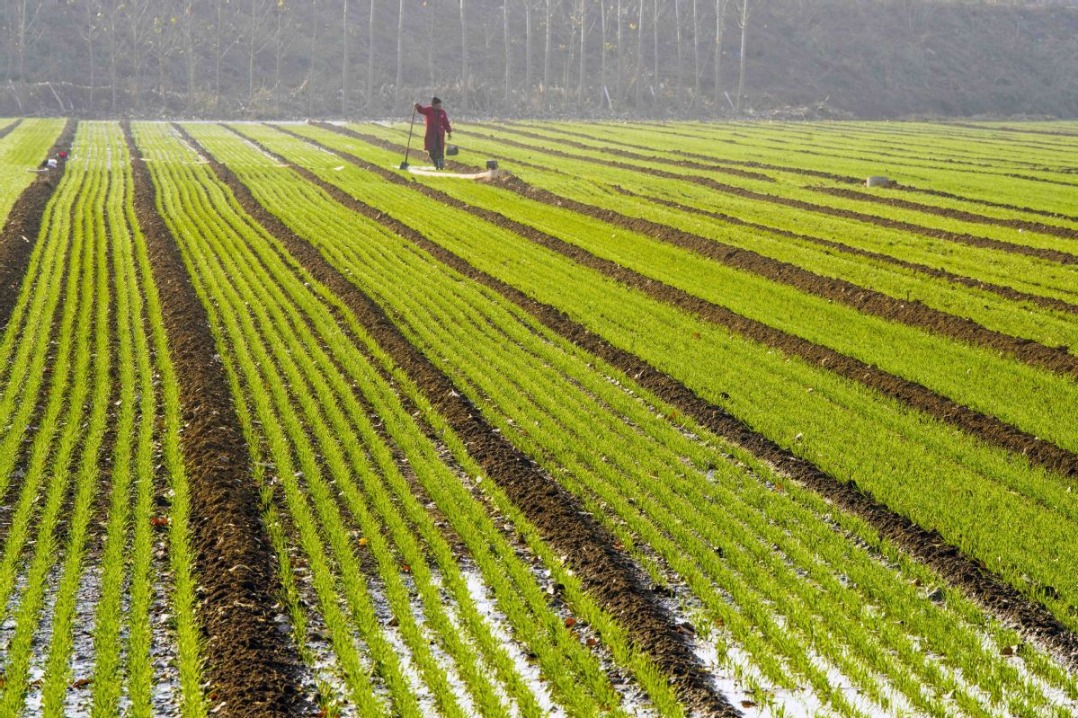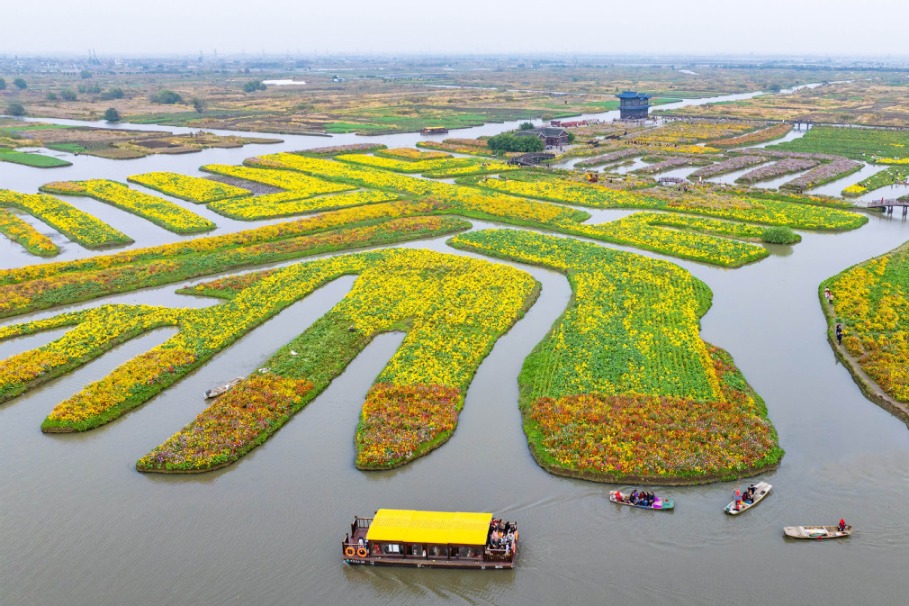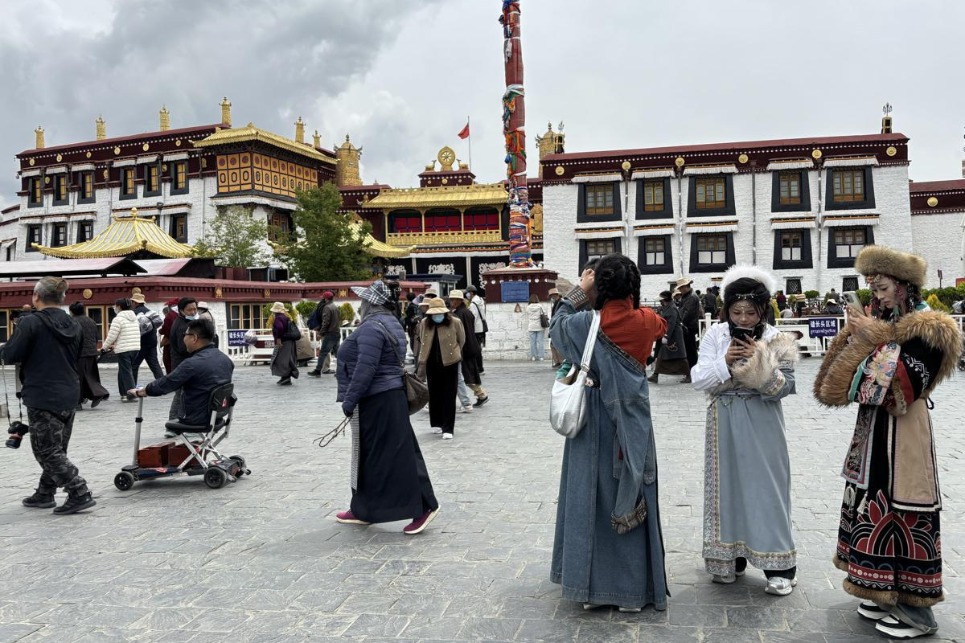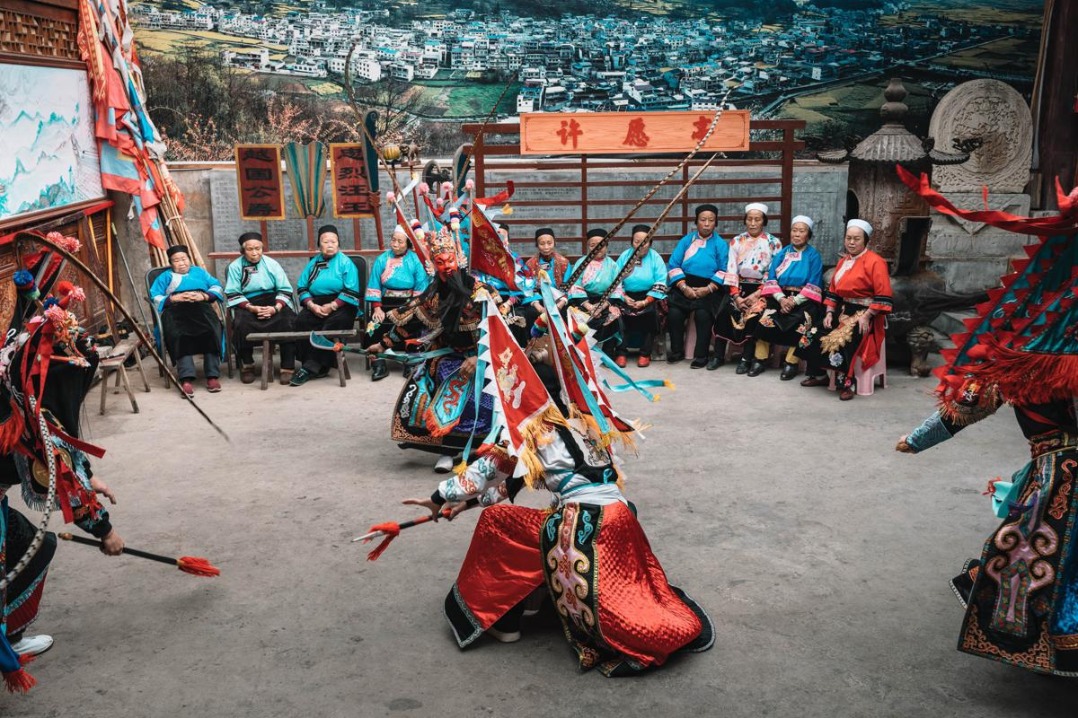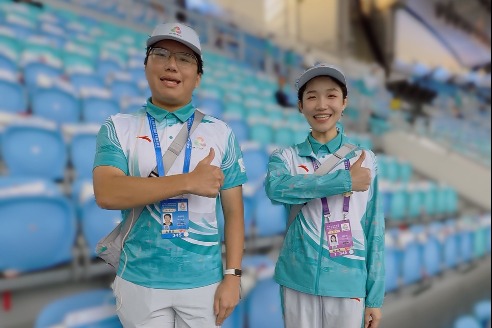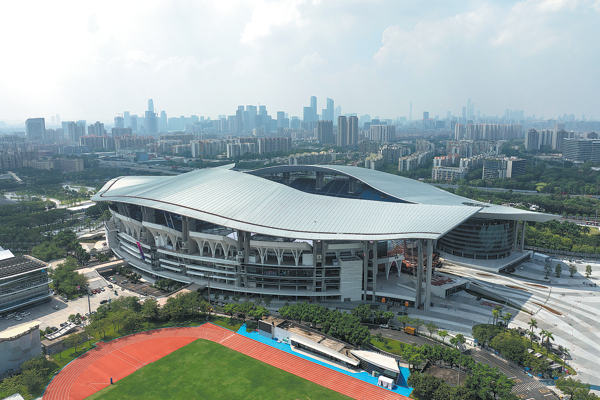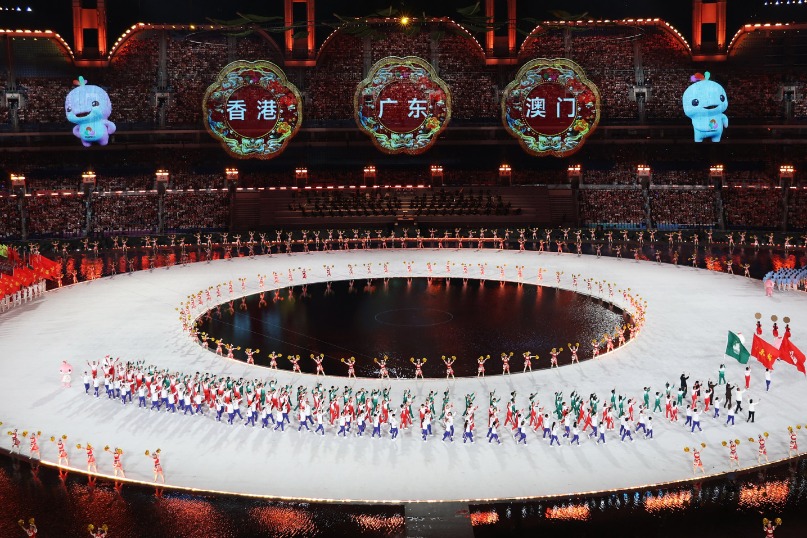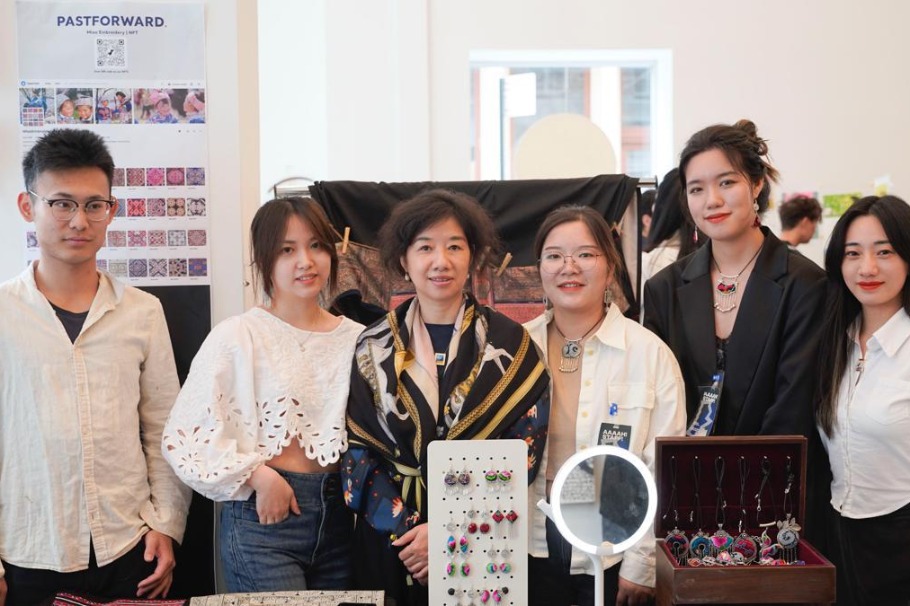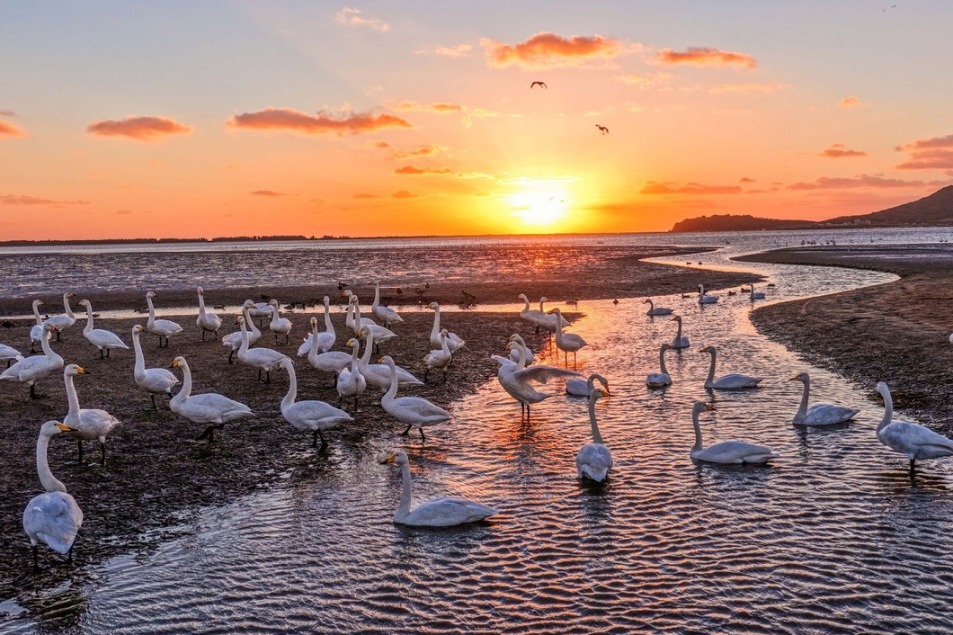Tropical area in southern Tibet receives record number of tourists

LHASA -- About 4.95 million tourists visited the city of Nyingchi in southwest China's Tibet autonomous region in the first 11 months of 2017, up 18.94 percent year on year, authorities said Tuesday.
Tourism revenue during the past 11 months increased by 15.6 percent year on year to 4.33 billion yuan (about $655 million). Both the number of tourists and the revenue hit new records, according to the city's tourism development commission.
Compared to other Tibetan regions, which are known for their snow-covered mountains and high plateaus, Nyingchi is a valley facing the Indian Ocean to the southeast, where the warm Indian current moves upstream to meet the cold air from the north, allowing the co-existence of tropical, sub-tropical, temperate and frigid zones.
With an average altitude of 3,100 meters above the sea level, much lower than the region's average height of more than 4,000 meters, and more green vegetation, Nyingchi has long been a stop for visitors looking to acclimatize to the high-altitude plateau environment.
Famous landmarks include the 7,780-meter-high Namcha Barwa Peak, the 15th highest in the world, named as the most beautiful peak in China by the Chinese National Geography magazine, and the 490-km-long precipitous Yarlung Tsangpo Grand Canyon.
According to the city plan, Nyingchi aims to receive over 10 million tourists in 2020, with an annual tourism revenue of over 10 billion yuan.
The city currently has 27 tourist attractions and 307 hotels which can accommodate 7.8 million tourists annually. It plans to build another 40 rural tourism villages in the region.
















